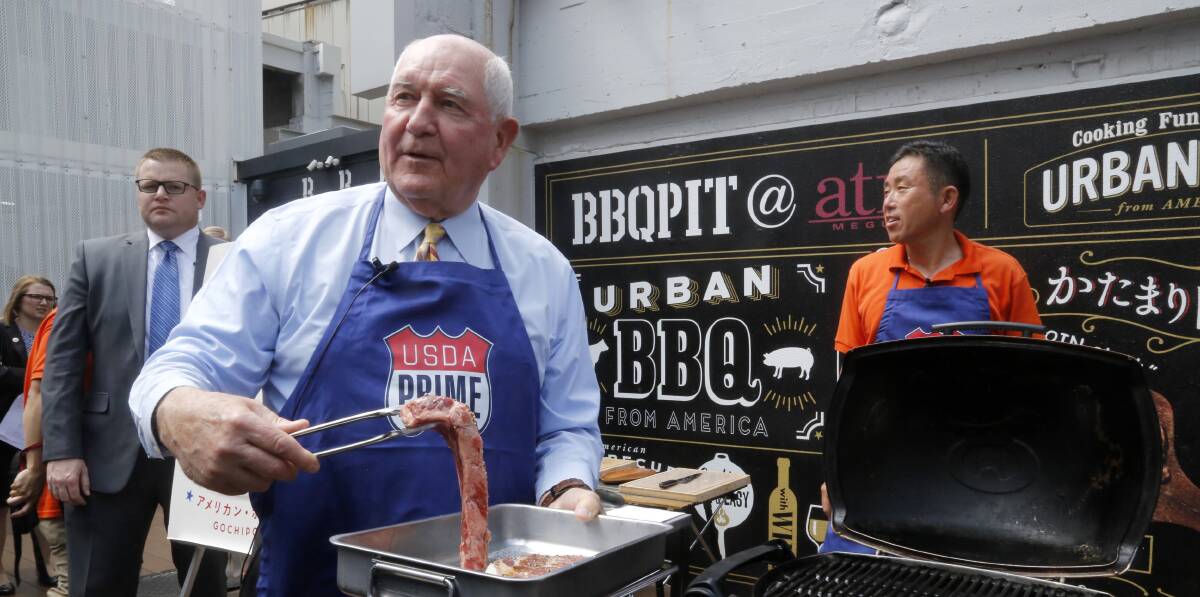
WHILE South American countries continue to flex their muscle in global beef markets Australia holds dear, the United States remains our number one competitor.
Subscribe now for unlimited access to all our agricultural news
across the nation
or signup to continue reading
US overlap with Australia in high-end export markets became even more pronounced through 2019 with their trade deal negotiations and heavy supply having an impact.
The US, Brazil and Argentina remain Australia's key competitor set and all expanded their export footprint this year, a trend that looks likely to continue into 2020.
Meat & Livestock Australia's Singapore-based market insights manager Tim Ryan said the affairs of the US beef market were of particular interest to Australia because it was both a big competitor and customer.
"There are some interesting dynamics at play in the US at the moment. The US herd cycle is influencing its demand for lean manufacturing beef and a third of Australia's manufacturing beef exports go to this market," he said.
The US is perched at the peak of its herd cycle at the moment and will likely sit at the current very high production volumes for the next two-three years, forecasters predict.
Even a small dip in their breeding herd would not be likely to flow through to a marked decline in production for some time.
Mr Ryan explained that from 2013 until 2015, cow-calf producers in the US celebrated their best returns ever and reacted by growing their breeding herds significantly.
A wave of beef production and exports naturally followed and is now placing added competitive pressure upon Australian export markets, MLA analysts reported in May.
"This year saw increased US cow slaughter, which normally means they don't need as much supplementary imported grinding beef but a lot of strong Asian demand, led by China, for that manufacturing product, and limited offerings out of New Zealand, has kept grinding beef prices out of Australia strong," Mr Ryan said.
"At the same time, domestic US demand has been robust. Much of what the US buys goes into burger chains and, with their strong consumer demand yet to reflect weakness evident in other parts of the economy, that trade is powering."
This has meant that much of the excess US production has been consumed on their domestic market and US exports have not been as high in 2019 as predicted - good news for Australia, which can count the health of the US economy as a blessing.
The strong US dollar has also contributed to keeping their beef at home.
"If the US economy slows and unemployment rises, that record amount of beef being produced would go looking for export markets and could be very competitive," Mr Ryan said.
US looks to China
The US has this year pushed a lot more product into the likes of Korea (up 8 per cent year-on-year in the first eight months of 2019), Taiwan and the Philippines, which are all handy markets for Australia.
And the big news in the latter part of the year was trade negotiations with both Japan and China, where Australia targets premium markets and has enjoyed market access advantages over the US for some time.
It's likely in the near future the US will be playing on a more level playing field in regards to tariffs in Japan and it's possible they will be able to get greater volumes into chilled Chinese channels if protocols here are changed.
"Even though their volume to Japan is actually back a bit year-on-year, the US is landing product there cheaper than they were this time last year and so putting pressures on Australia," Mr Ryan said.
"It should be noted, however, Australia can compete comfortably with the US in Japan - from 2006 to 2014 we had equal tariff rates, although we did have a huge advantage in the aftermath of BSE in the US, with Australia seen as a safer option by consumers, and age restrictions enforced on US cattle supplying the market.
"Ultimately we can't feed the growing demand in all these markets and we'll always be competing with someone in key destinations. Australia losing market share to the US in Japan won't be surprising given the supply forces at play in both countries."

